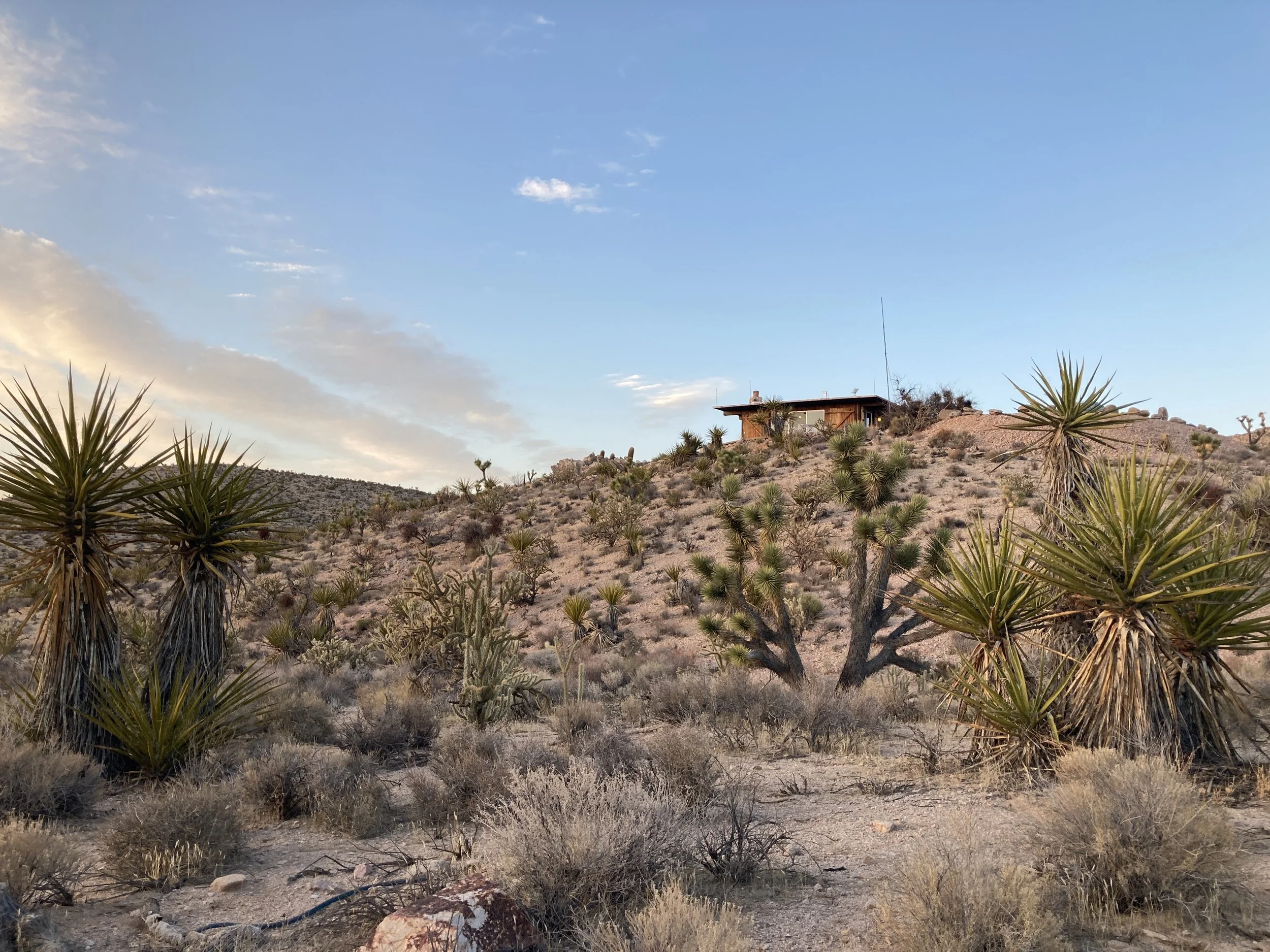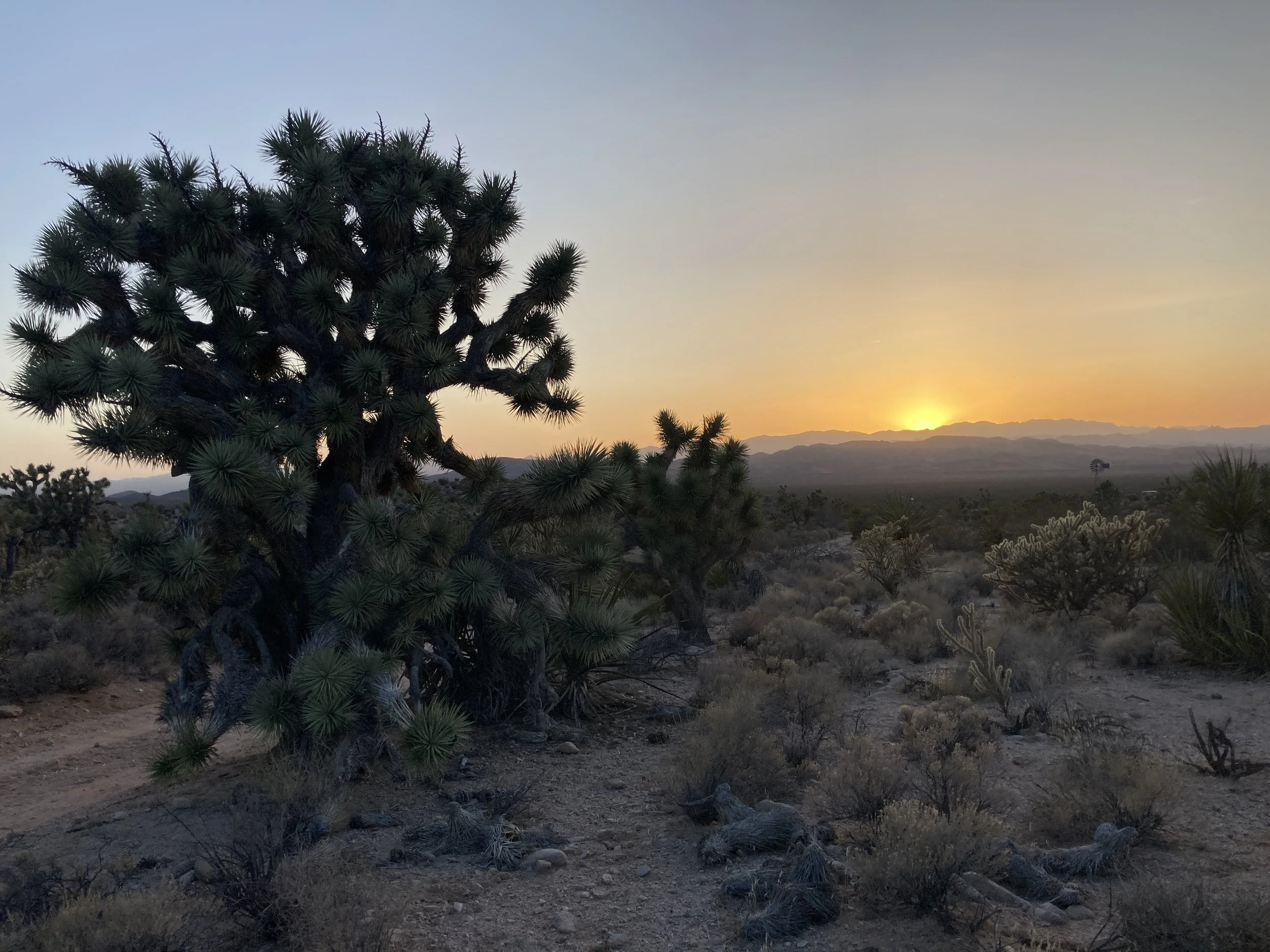2025 Spring Bioblitz of Avi Kwa Ame National Monument
/Every year in April, Avi Kwa Ame National Monument celebrates its birthday. In 2024, GBBO raised over $5,000 for Desert Thrasher conservation. In 2025, GBBO used these funds to support a full-on Bioblitz of the National Monument to commemorate its birthday. The event took place from April 25th through 27th and featured guided walks (and drives!) with science experts, presentations from diverse stakeholders, native plant drawing workshops, catered meals, and more! Of course, the focus of the weekend was the quest to document plant and animal species in the monument. By the end of the blitz 71 iNaturalist participants found 372 species of plant and animal!! The bioblitz was a multi-agency collaboration, with input from Friends of Avi Kwa Ame, Nevada Department of Wildlife, Bureau of Land Management, Nevada Site Stewardship Program, Nevada State Historic Preservation Office, Equinox Gold, Red Rock Audubon, Mystery Ranch, Las Vegas Astronomical Society, and more!
Check out the Friends of Avi Kwa Ame photo gallery for more photos!
Sunrise at Avi Kwa Ame by Dawn Fletcher
GBBO ThrasherQuesters: Spencer Geisemann, Dawn Fletcher, Lauren Harter, and Ned Bohman (Left to Right)
In addition to trying to find as many thrashers as possible, GBBO provided opportunities for volunteers to collect data on thrashers too! It was a ThrasherQuest. LeConte’s and Bendire’s Thrasher are two species of birds that live primarily in the deserts of the southwestern United States and northwestern Mexico. Avi Kwa Ame is a global hotspot for these rapidly declining birds. Thrashers can be remarkably difficult to find, and therefore to study, which challenges conservation efforts. GBBO has been an active partner in these conservation efforts for many years.
On day one of the Bioblitz, it was 40 degrees at 6:00 AM, and the wind was going steady. This did not bode well for ThrasherQuest. While the desert was extraordinarily quiet, almost spookily devoid of birdsong, our questers did manage to find LeConte’s and Bendire’s Thrashers on the first morning of searching. At the lower elevations, and preferred habitats of thrashers, many shrubs were in a state of dormancy to reduce water loss. Black-throated Sparrows were floating around in groups of 4-6 birds, and other species were few and far between. Desert Thrashers are adapted for life here. Their secrecy conserves energy, and they get all their liquid water from the foods they consume.
My quest for birds also brought me to higher elevations within the monument, and as I approached the foothills of the McCullough Mountains the vegetation began to get noticeably greener. There was a detectable increase in bird activity at these elevations, with migratory flycatchers, sparrows, and warblers actively feeding and replenishing their stores to continue their journeys. The melodious song of a Scott’s Oriole rang from an adjacent Joshua Tree-studded ridgeline. Once I reached the spring I was headed for, I found many more species of migratory songbird. But I could not stay long, and as I descended back to lower elevations the desert once again dried up and the birds seemed to disappear.







Despite dry conditions forcing birds into secrecy and the weather turning worse on day two, the ThrasherQuest went remarkably well. We found multiple new territories for both LeConte’s and Bendire’s Thrasher, which will serve as research opportunities for GBBO biologists when we return in the future. We even found Curve-billed Thrashers, which are locally very rare, within Nevada this is the only location they can be regularly seen. Over the course of the weekend, many bioblitzers surveyed washes, canyons, nooks, and crannies of the monument and inventoried a stunning number of plant, bird, lichen, reptile, mammal, and invertebrate species. Happy Birthday, Avi Kwa Ame!
-Ned Bohman



